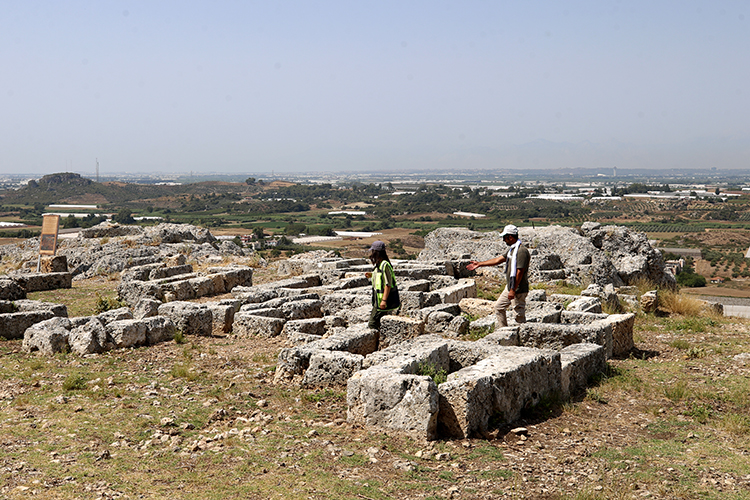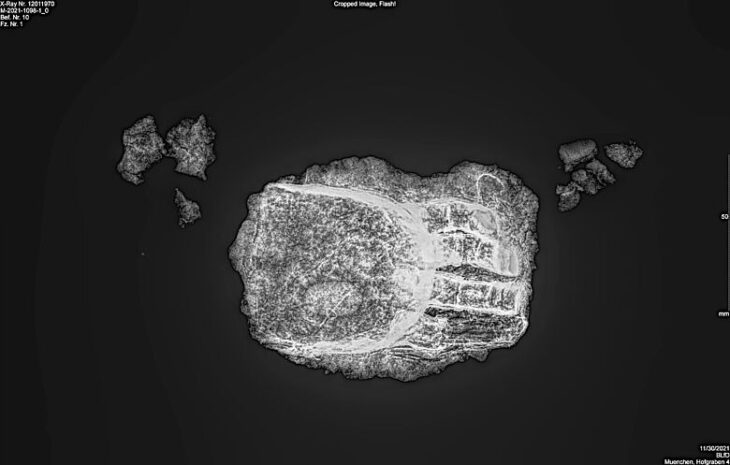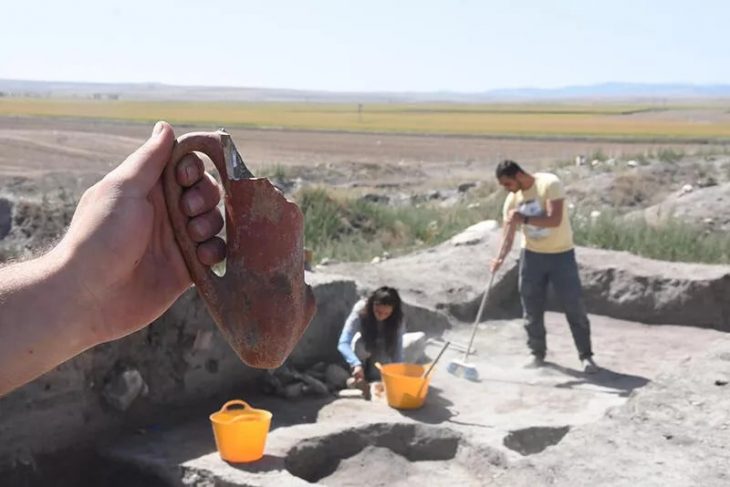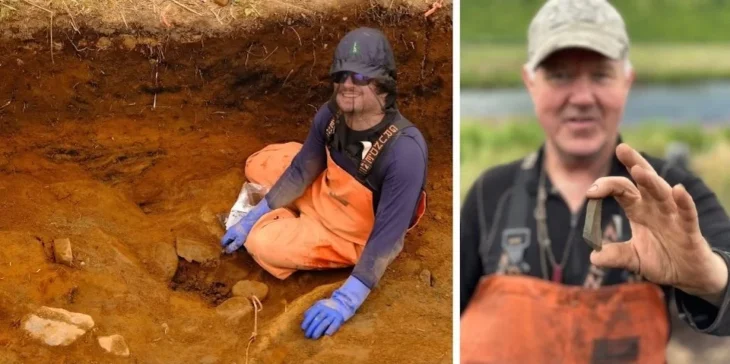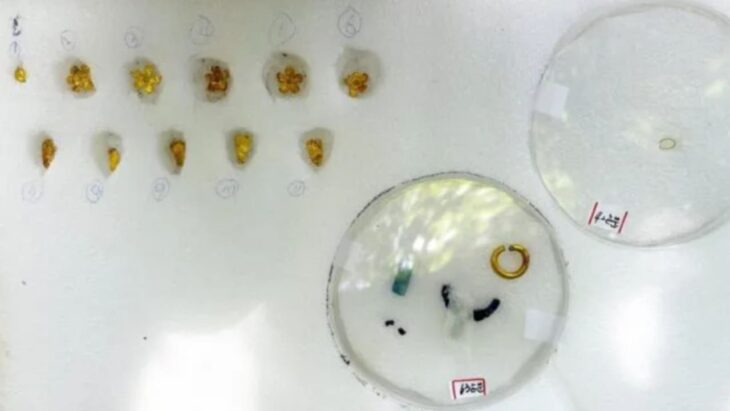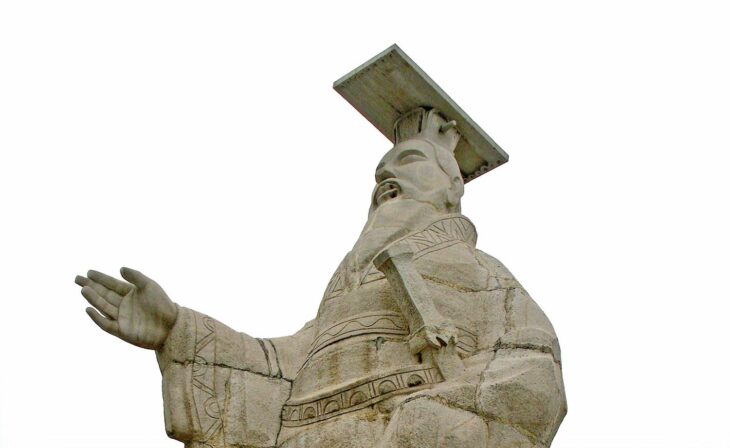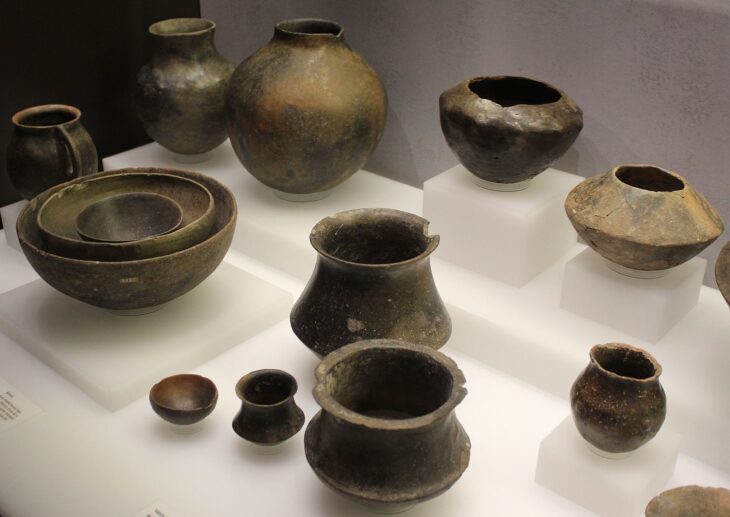Archaeologists have uncovered a unique Roman-era tomb during ongoing excavations in Sillyon Ancient City, located in Türkiye’s Antalya’s Serik district.
The discovery provides significant insight into burial traditions of the region and adds a new layer of understanding to the history of this multi-period settlement.
A City of Civilizations
Sillyon Ancient City, founded at the beginning of the 2nd millennium BC, was strategically built on a high hill for defense purposes. The site preserves traces of Roman, Byzantine, Seljuk, and Ottoman civilizations, making it a rare location where multiple cultural heritages converge. Today, excavations continue year-round under the “Heritage for the Future Project,” supported by the Turkish Ministry of Culture and Tourism.
Discovery of Four Roman Tombs
During the 2025 excavation season, archaeologists unearthed four Roman-era tombs. Among these, one stood out as a particularly remarkable find: a square-planned chamber tomb with unique architectural and ritual features.
Inside, researchers discovered three separate burials belonging to three different periods, all within the same chamber. This sequential burial practice, combined with the artifacts uncovered, reveals a distinctive local funerary tradition.
📣 Our WhatsApp channel is now LIVE! Stay up-to-date with the latest news and updates, just click here to follow us on WhatsApp and never miss a thing!!
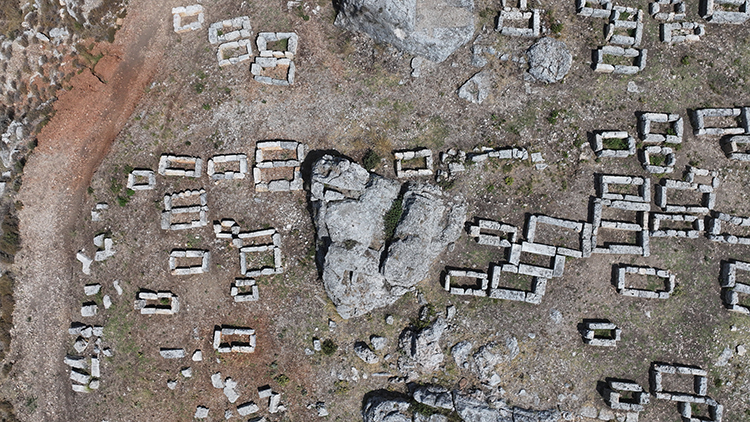
Burial Treasures Unearthed
The tomb yielded a variety of artifacts, including rings, earrings, a hairpin, coins, terracotta vessels, glass objects, figurines, and metal accessories.
These grave goods, often referred to as “funerary offerings,” were carefully examined by the excavation team. Based on the coins and other items, the tomb has been dated to the late 2nd century AD. Archaeologists concluded that the individuals buried here were members of Sillyon’s aristocracy, given the richness and variety of the artifacts.
Unique Funerary Rituals
Dr. Murat Taşkıran, excavation director and faculty member at Pamukkale University, emphasized the uniqueness of the tomb:
“We encountered a chamber-type tomb placed at the very center of a square-planned structure. The presence of three burials from different times demonstrates an ongoing reuse of the space, reflecting a ritual tradition unique to Sillyon. This discovery enriches our understanding not only of Sillyon but also of burial practices across the region.”
The careful arrangement of remains and the symbolic artifacts highlight how the community valued the memory of their elite citizens. The find represents a previously unknown typology of tomb in the area.
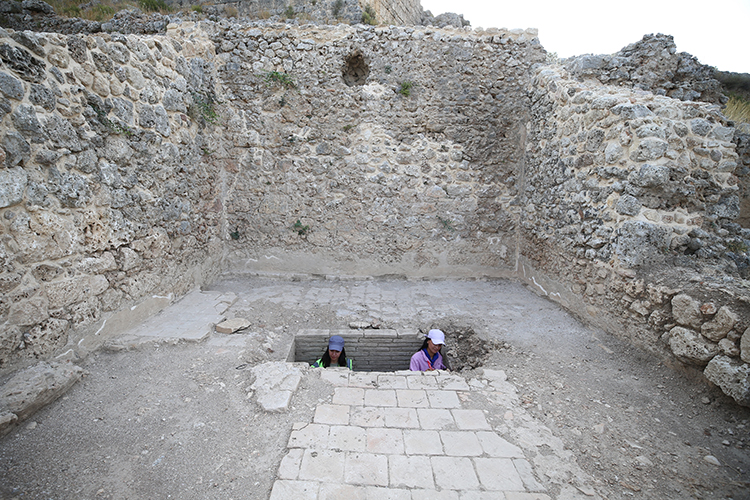
From Roman to Turkish-Islamic Heritage
Interestingly, the area where these Roman tombs were located later became a Muslim Turkish cemetery between the 13th and 15th centuries.
Excavations revealed that the necropolis was reused by soldiers and their families during the Turkish-Islamic period. Elements of Central Asian Turkic traditions were identified in the burial architecture, reflecting how cultural practices evolved after the region came under Turkish rule.
Dr. Taşkıran noted that such findings are rare in this part of Anatolia:
“We discovered reflections of early Turkish burial traditions within Sillyon’s Islamic-era graves. These findings represent crucial evidence of the cultural transformation of the region after the Turks established dominance.”
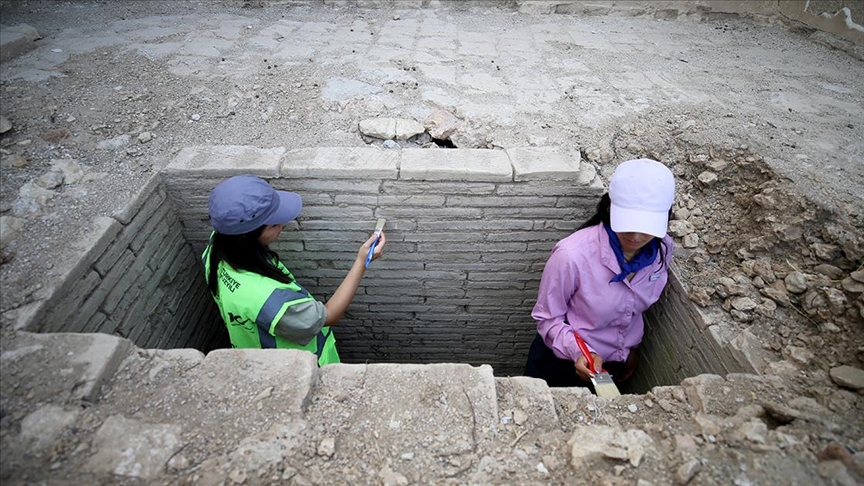
A Treasure for Archaeology
Sillyon’s continuous occupation and layered heritage make it one of the most valuable archaeological sites in Antalya. The newly discovered Roman tomb, in particular, adds an unparalleled dimension to the site’s historical narrative. Through conservation and restoration efforts, the excavation team has stabilized the structure, allowing future generations to study and appreciate its significance.
Supported by Opet as the main sponsor, the excavations under the “Heritage for the Future Project” continue to shed light on Sillyon’s role as a crossroads of civilizations. Each discovery, from Roman chamber tombs to Turkish-Islamic burials, contributes vital details to the broader history of Anatolia.
Unveiling the Secrets of Sillyon
The discovery of a unique Roman tomb in Sillyon Ancient City is more than just an archaeological milestone; it is a window into the cultural and social life of a city that thrived for centuries. As excavations progress, Sillyon continues to reveal its secrets, confirming its status as one of the most important archaeological treasures of Türkiye.
Cover Image Credit: AA

